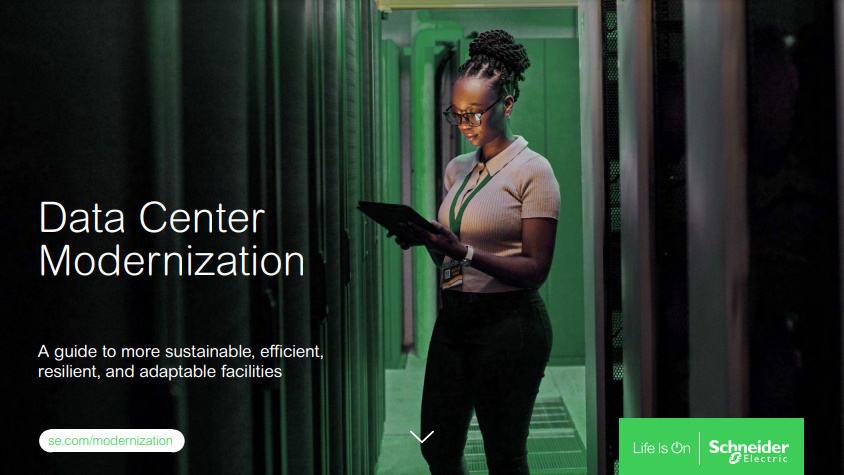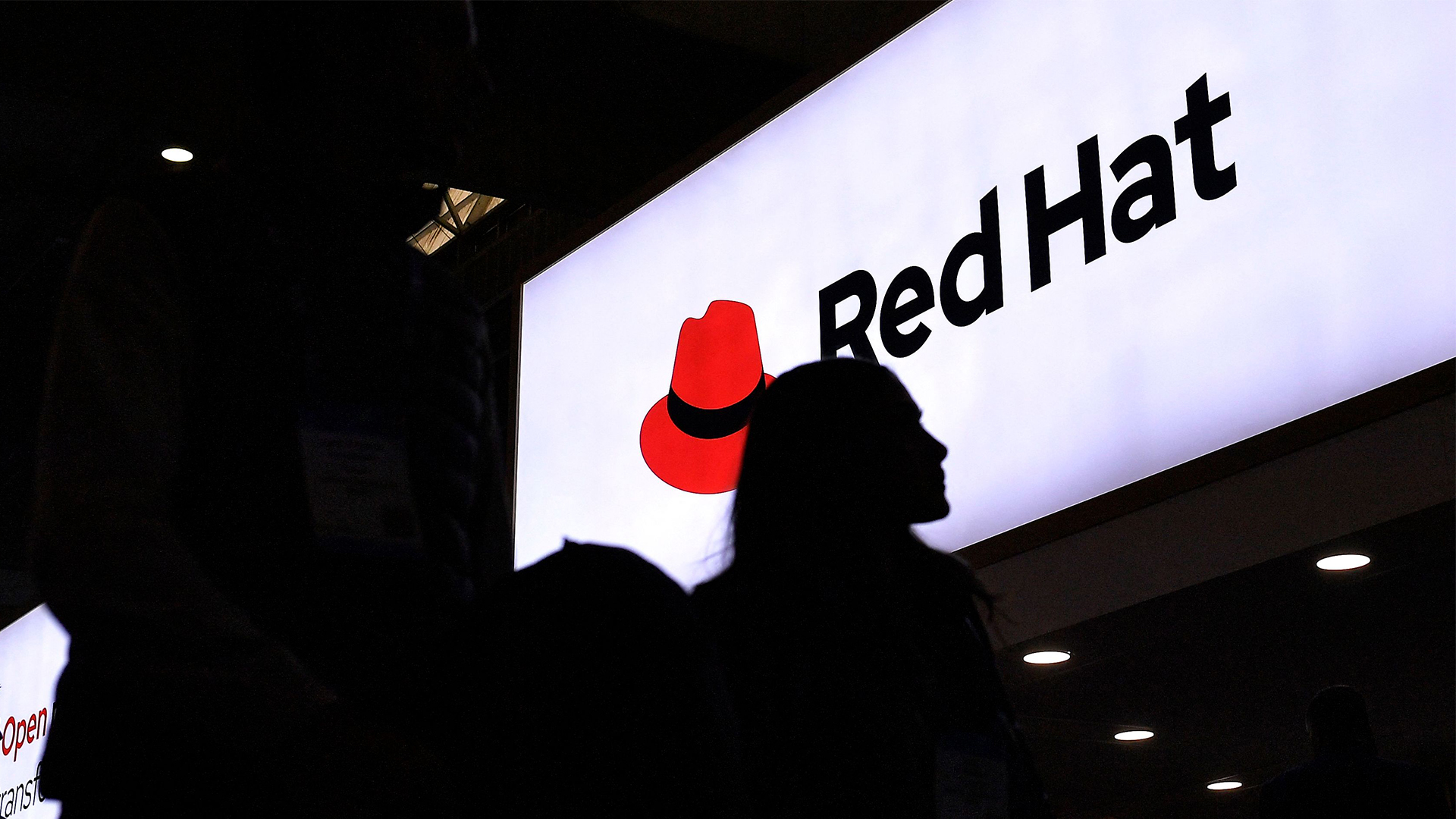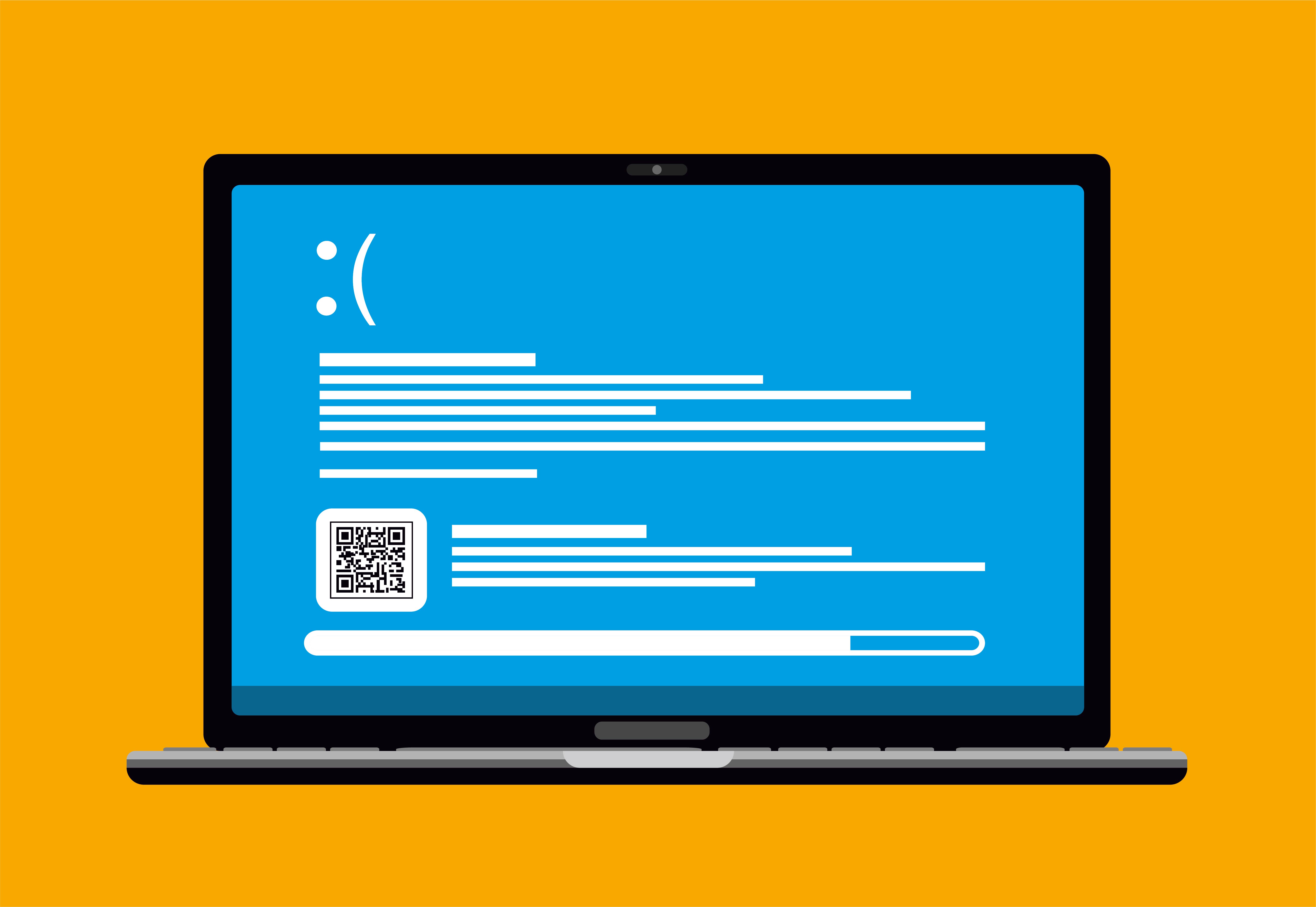Red Hat happy to stay in its lane, but excited about partner opportunities
The open source leader acknowledged its offerings are but one part of the solution for customers as it shone a light on a number of partnerships at Red Hat Summit 2023…


This week’s Red Hat Summit 2023 focused on a lot of things the company is doing to make life better and/or easier for developers, IT professionals and enterprise organizations as a whole.
But, the value of others being involved is not lost on the company’s CEO Matt Hicks, as ITPro discovered during a press Q&A session.
“It’s about knowing your swim lane, knowing your lane and where you add value. Where do we really provide value at distribution etc.? There is a lot of cool stuff in IoT [for example], but it’s not [necessarily all ] enterprise use cases or commercially viable,” Hicks said.
While the company acknowledged potential in a number of areas, it has also been keep to put emphasis where it is needed rather than jumping on all bandwagons for the sake of it.
Importantly, and in the spirit of open source and the community element, Hicks - and the accompanying keynotes - shouted loud and clear about how much of a team effort things should and needed to be.
“We are a platform company. Being a platform company means you’re not the total solution. You are combined with an application. There are other pieces. You are not the end thing,” Hicks stressed.
“You’re always working with someone else. In some cases, it could be a customer building their own application, but in the vast majority of cases it is ISVs and SIs [involved]. And there is an entire ecosystem that innovatives around that.”
Sign up today and you will receive a free copy of our Future Focus 2025 report - the leading guidance on AI, cybersecurity and other IT challenges as per 700+ senior executives
Red Hat has many different partners of different sizes, in many industries and there was definitely fair representation at the Summit itself in terms of airtime.
RELATED RESOURCE

Shaping your sustainable data center
A guide to more sustainable, efficient, resilient, and adaptable facilities
However, some of the biggest partnerships perhaps gained more attention due to the focus organizations have on these technologies, right now. Microsoft being a case in point.
Microsoft and Red Hat have partnered to deliver on the business and IT requirements of Yes Bank in India, for example.
The bank is working with both forms to deploy Azure Red Hat OpenShift to revitalize mobile operations and boost customer experience and satisfaction among other things.
“In today’s digitally-driven world, agility is paramount. With Azure Red Hat OpenShift, we can promptly respond to customer demands while also having the assurance that our platform is constructed on cutting-edge cloud and cloud-native infrastructure,” said Mahesh Ramamoothy, CIO, YES BANK.
“This provides us with a security-focused, robust, and scalable foundation that we require to lead the charge of digital-native banking in India.”
The YES BANK partnership is a long-standing one that has evolved over the years.
Jeremy Winter, Microsoft's Corporate Vice President, Azure Cloud Native and Hybrid, added: “It’s fantastic to see the customer collaboration we have done and the value we have brought over the last four years. It’s exciting to see these joint solutions we’ve been working on gain momentum.
“Our long standing track record as being there as a partner for our enterprise customers really is the foundation of this [overall] eight-plus year collaboration.”
Hicks also talked about the multitude of partnership opportunities on the table and how it would be easy to go after everything, everywhere all at once.
“Sometimes, for me, it’s hard to hold that discipline. We have to understand that we are not the end solution,” he said. “And you have to be strong with who you are partnering with… Whether it’s customers directly or in a really complicated route or chain in automotive etc.”
Maggie has been a journalist since 1999, starting her career as an editorial assistant on then-weekly magazine Computing, before working her way up to senior reporter level. In 2006, just weeks before ITPro was launched, Maggie joined Dennis Publishing as a reporter. Having worked her way up to editor of ITPro, she was appointed group editor of CloudPro and ITPro in April 2012. She became the editorial director and took responsibility for ChannelPro, in 2016.
Her areas of particular interest, aside from cloud, include management and C-level issues, the business value of technology, green and environmental issues and careers to name but a few.
-
 Trump's AI executive order could leave US in a 'regulatory vacuum'
Trump's AI executive order could leave US in a 'regulatory vacuum'News Citing a "patchwork of 50 different regulatory regimes" and "ideological bias", President Trump wants rules to be set at a federal level
-
 TPUs: Google's home advantage
TPUs: Google's home advantageITPro Podcast How does TPU v7 stack up against Nvidia's latest chips – and can Google scale AI using only its own supply?
-
 Red Hat eyes tighter data controls with sovereign support for EU customers
Red Hat eyes tighter data controls with sovereign support for EU customersNews The company's new offering will see support delivered entirely by EU citizens in the region
-
 Red Hat eyes developer workflow efficiency, app modernization gains with new AI tools
Red Hat eyes developer workflow efficiency, app modernization gains with new AI toolsNews An AI assistant specifically designed for application migration and modernization looks to reduce developer toil
-
 Red Hat is giving developers free access to RHEL – here’s what you need to know
Red Hat is giving developers free access to RHEL – here’s what you need to knowNews Red Hat Enterprise Linux for Business Developers aims to help development teams build, test, and deploy applications more efficiently – and at no extra cost.
-
 Red Hat just made three big changes to its developer hub – here’s what you need to know
Red Hat just made three big changes to its developer hub – here’s what you need to knowNews Red Hat has unveiled a raft of upgrades for Red Hat Developer Hub (RDHD), including support for a local version as well as new analytics.
-
 Red Hat launches Build module as part of partner program refresh
Red Hat launches Build module as part of partner program refreshNews Red Hat has announced new changes to its partner program, including the launch of a new 'Build' module and go-to-market support capabilities.
-
 Red Hat eyes “clear pathways for collaboration” with new partner program updates
Red Hat eyes “clear pathways for collaboration” with new partner program updatesNews The enhanced framework for Red Hat partners features a new modular design and fresh incentives
-
 Red Hat adds trio of new tools to its Trusted Software Supply Chain
Red Hat adds trio of new tools to its Trusted Software Supply ChainNews The open-source giant said the additions will help organizations tackle vulnerabilities in their supply chains earlier and improve overall resiliency
-
 Linux Blue Screen of Death gives users a taste of the dreaded Windows feature
Linux Blue Screen of Death gives users a taste of the dreaded Windows featureNews The Linux Blue Screen of Death has been added in a recent update
